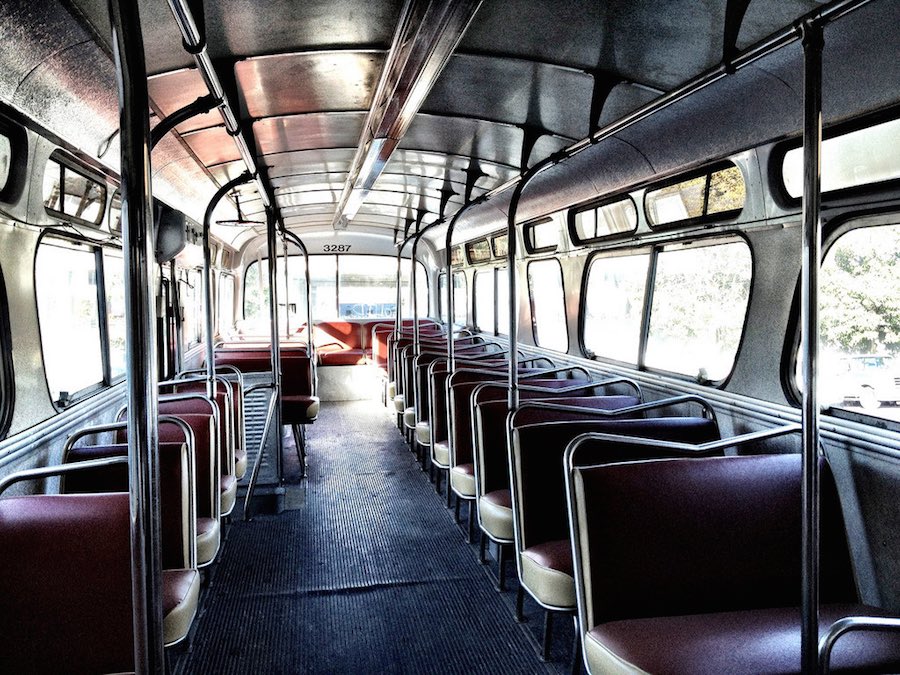Homelessness is a serious and deep-rooted issue that affects nearly every country on Earth. It’s a problem for which there are no easy fixes or silver-bullet solutions. But, as communities look for creative ways to, if not “solve” homelessness, at least address some of its fundamental realities, more and more cities are finding inspiration in a wholly unlikely place: Decommissioned municipal buses.

It was announced that Honolulu is moving ahead with plans to upcycle a number of decommissioned buses, transforming them into a series of mobile transitional shelters to serve that city’s homeless population. Hawaii News Now reports that the city, in partnership with the architecture firm Group 70 International, is looking to retrofit five donated buses to begin with, creating a micro-fleet comprised of individual units each designed to address a specific need (showering, sleeping, etc) for those without permanent housing. The project will rely on volunteers to construct the transitional shelters.
As innovative as Honolulu’s plan might seem, it’s actually just the latest in a recent trend toward putting upcycled buses to use serving homeless populations. In San Francisco, Lava Mae, a nonprofit startup founded by Doniece Sandoval operates mobile shower units, also housed in re-purposed buses, to provide free hygiene opportunities for that city’s homeless community. In a recent feature for Design Indaba, Sandoval estimates that her current bus, coupled with the three more she plans to retrofit in the near future, should be able to provide 2,000 weekly showers for San Francisco’s homeless and at-need population.
From our partners:
In New Mexico, legislative efforts to duplicate Lava Mae’s successes as a government-funded program for the city of Albuquerque were scuttled before they could be voted into law. Had it passed, Think Progress reports, HB585 would have made New Mexico the first to devote state funds toward mobile bus-based hygiene units. The similar, Palo Alto, California-based “Dignity on Wheels” initiative—which focused on trailers, instead of buses, for their mobile hygiene operation—fell short of their $200,000 fundraising goal this past winter.
Still, impeded progress notwithstanding, that so many cities are exploring how to put outdated vehicles to use for a population in need is encouraging. Already Lava Mae has made their detailed, point-by-point operational plans available for anyone interested in learning more—and perhaps duplicating—their methodology. Should Honolulu’s volunteer-built shelter-buses prove to be a success, perhaps even more communities will begin turning to their outdated vehicle fleets as a way to raise the quality of life for those who need it most.
This feature originally appeared in Good Magazine.













